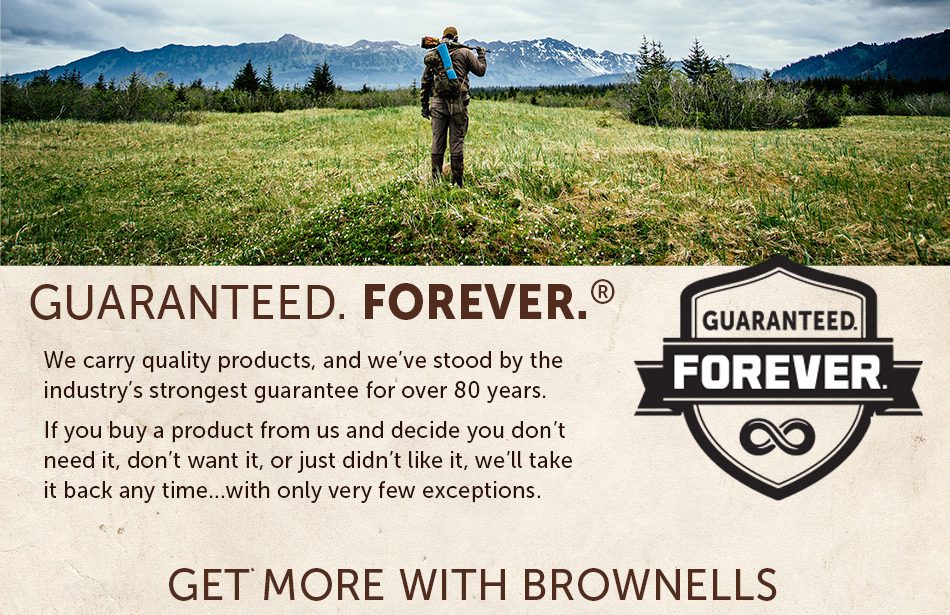Nice read on forcing cone failures

 www.ssusa.org
www.ssusa.org

An NRA Shooting Sports Journal | How To Avoid Revolver Forcing Cone Failure
With a revolver, the forcing cone is one place highly susceptible to breakage. These tips will help you avoid this undesirable situation.

